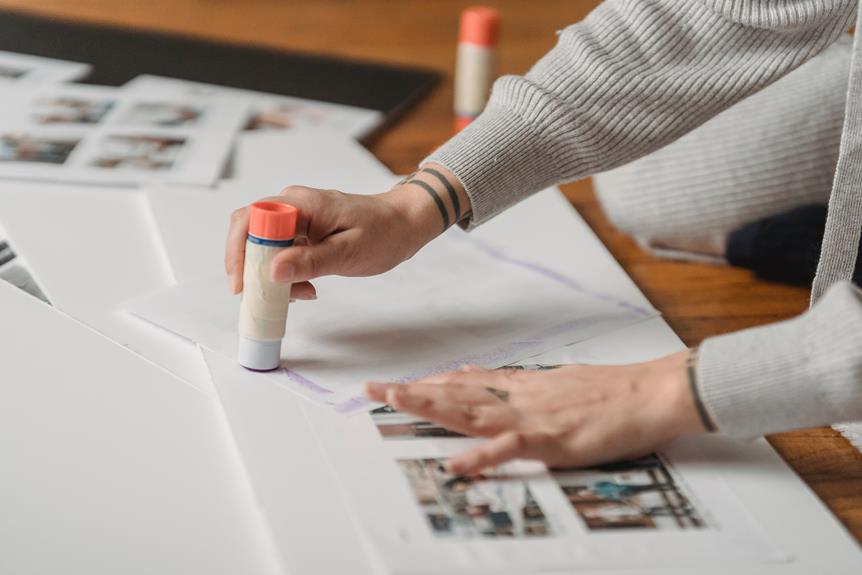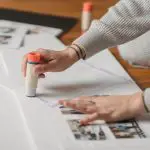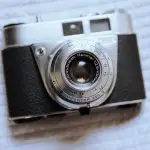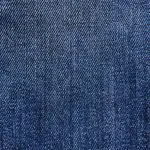Looking for the best glue for craft foam?
When it comes to adhering craft foam, finding the right glue can make all the difference. With the multitude of options available, it's essential to select a glue that not only bonds effectively but also preserves the integrity of your delicate foam creations.
Understanding the adhesive properties of craft foam and the types of glues suitable for this material is crucial for achieving professional-looking results. In this guide, you'll discover the best glue options for craft foam and learn about the factors to consider when making your selection.
Mastering the art of gluing craft foam will elevate your crafting projects to the next level.
Key Takeaways
- Craft foam requires an adhesive that bonds securely and withstands bending and stretching.
- PVA glue, spray adhesive, hot glue guns, and craft glue specifically designed for foam are all suitable options for bonding craft foam.
- Consider the specific needs of your project, such as bonding strength, resistance to moisture and heat, and ease of application when choosing a glue for craft foam.
- Apply glue sparingly and evenly to avoid warping and ensure a clean, precise bond.
Adhesive Properties of Craft Foam
You need an adhesive that bonds securely with craft foam and withstands bending and stretching without peeling or cracking. When it comes to bonding strength, look for a glue specifically designed for porous materials like craft foam. These adhesives provide a strong and durable bond that can withstand the flexible nature of craft foam.
Additionally, consider the drying time of the glue. Some adhesives bond quickly, allowing you to continue working on your project without lengthy wait times.
Furthermore, it's essential to choose a waterproof and heat-resistant adhesive. Craft foam is often used in projects that may be exposed to moisture or varying temperatures, so having a glue that can withstand these conditions is crucial. A waterproof adhesive ensures that your craft foam creations remain intact even when exposed to water or humidity. Similarly, a heat-resistant glue can withstand the impact of heat, preventing your craft foam from melting or losing its bond in high-temperature environments.
Types of Glues Suitable for Craft Foam
When selecting a glue suitable for craft foam, consider the specific needs of your project, such as bonding strength and resistance to moisture and heat, ensuring a secure and durable attachment. The right glue application and foam compatibility are crucial for a successful crafting experience. Here are some types of glues suitable for craft foam:
| Type of Glue | Glue Application | Foam Compatibility |
|---|---|---|
| PVA Glue | Brush or spread evenly | Excellent |
| Spray Adhesive | Even spray application | Good |
| Hot Glue | Applied using a hot gun | Excellent |
PVA glue, also known as white glue, is ideal for craft foam due to its ease of application and strong bond. It can be brushed or spread evenly over the foam surface. Spray adhesive provides a quick and even application, making it suitable for larger foam projects. Hot glue, applied using a hot glue gun, offers excellent bonding strength and is effective for securing craft foam in three-dimensional projects. Always ensure the compatibility of the glue with the type of craft foam being used for the best results.
Factors to Consider When Choosing Glue
Consider the specific requirements of your craft foam project when selecting a suitable glue. When choosing a glue for craft foam, several factors come into play to ensure the best results. Here are four key considerations to keep in mind:
- Glue Compatibility: Not all glues are suitable for use with craft foam. It's crucial to select a glue that specifically mentions compatibility with foam materials. Look for adhesives that are labeled as suitable for foam, as they're formulated to bond effectively without damaging the material.
- Drying Time: The drying time of the glue can significantly impact your crafting process. Some projects may require a faster drying glue to expedite the assembly process, while others may benefit from a longer drying time, allowing for adjustments and positioning of the foam pieces.
- Flexibility: Craft foam often requires flexibility, especially if it's used for wearable items or items that may undergo some bending or stretching. Ensure that the glue you choose allows the foam to maintain its flexibility once dried, preventing any stiffness or cracking.
- Mess-Free Application: Consider the ease of application and whether the glue is prone to causing a mess. Opt for glues that come with precise applicators or are easy to control, minimizing the risk of excess glue seeping out and creating a messy finish.
Best Glue Options for Craft Foam
When selecting the best glue for craft foam, take into account its bonding strength and versatility. For foam crafts, it's essential to use a glue that provides a strong adhesive bond without damaging the delicate material.
One excellent option is craft glue specifically designed for foam. This type of glue is formulated to create a durable bond with craft foam, ensuring that your projects stay intact over time.
Another top choice is spray adhesive, which offers a quick and even application, making it ideal for larger foam surfaces or intricate designs.
Hot glue guns are also popular for foam crafts due to their fast-drying and strong bonding capabilities, but keep in mind that they may not be suitable for all types of foam.
Additionally, glue dots or adhesive sheets are convenient options for attaching smaller foam pieces, as they provide a mess-free and precise application.
Consider the specific requirements of your foam craft project and select the glue that best suits your needs in terms of adhesive strength and application method.
Tips for Using Glue With Craft Foam
For optimal results when working with craft foam, apply glue sparingly to avoid excess seepage and ensure a clean, precise bond.
Here are some key tips for using glue with craft foam:
- Use a Thin Layer: Apply a thin layer of glue evenly onto the surface of the craft foam. This helps to create a strong bond without causing the foam to warp or become misshapen.
- Wait for Tackiness: Allow the glue to become tacky before pressing the foam pieces together. This tackiness ensures better adhesion and prevents the glue from oozing out from the edges of the foam.
- Work Quickly and Precisely: Once the glue is applied, work swiftly and precisely to position the foam pieces together. This helps to prevent the glue from drying before the pieces are properly aligned.
- Consider Using a Glue Gun: For certain craft foam projects, a low-temperature glue gun can be a suitable option. It allows for quick bonding and precise application, especially for intricate designs or small pieces of foam.
Frequently Asked Questions
Is Craft Foam Glue Waterproof and Suitable for Outdoor Use?
Yes, craft foam glue can be waterproof and suitable for outdoor use. Look for specific waterproof and outdoor applications on the label. Make sure to follow the instructions for the best results.
Can Craft Foam Glue Be Used on Other Materials Besides Foam, Such as Fabric or Wood?
Craft foam glue can be versatile. It's great for fabric adhesion, making it handy for adding foam embellishments onto fabric. Plus, it also has strong wood bonding properties, making it suitable for various craft projects.
How Long Does It Take for Craft Foam Glue to Fully Dry and Cure?
Craft foam glue usually takes around 24 hours to fully dry and cure, but this can vary based on factors like temperature and humidity. For best results, apply a thin, even layer and use pressure to ensure proper adhesion.
Is Craft Foam Glue Non-Toxic and Safe for Use With Children?
Craft foam glue is non-toxic and safe for children, making it ideal for crafting projects. It can be used outdoors and with other materials. Drying time is quick, and it allows for painting over for a polished final appearance.
Can Craft Foam Glue Be Painted Over or Does It Affect the Final Appearance of the Project?
When painting craft foam, ensure the glue used is compatible with your painting techniques. Some adhesives may affect the final appearance. Choose a glue that allows for seamless painting and complements your artistic vision.
- Effortless Elegance: Your Guide to Styling Khadi Suits and Salwar Kameez - June 24, 2025
- Layer in Style: The Best Khadi Jackets for Men and Women - June 24, 2025
- A Style Guide to Finding the Perfect Khadi Kurta for Women - June 24, 2025







